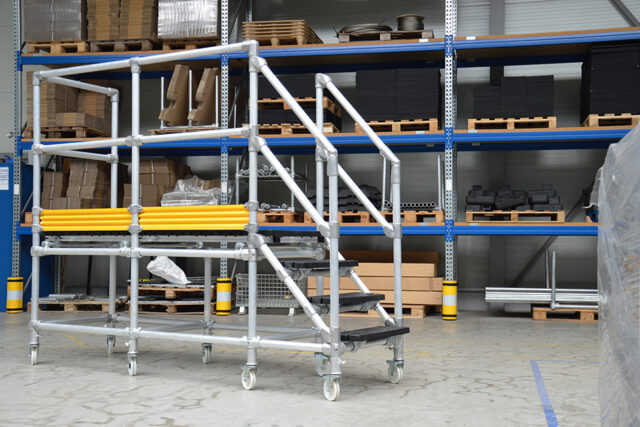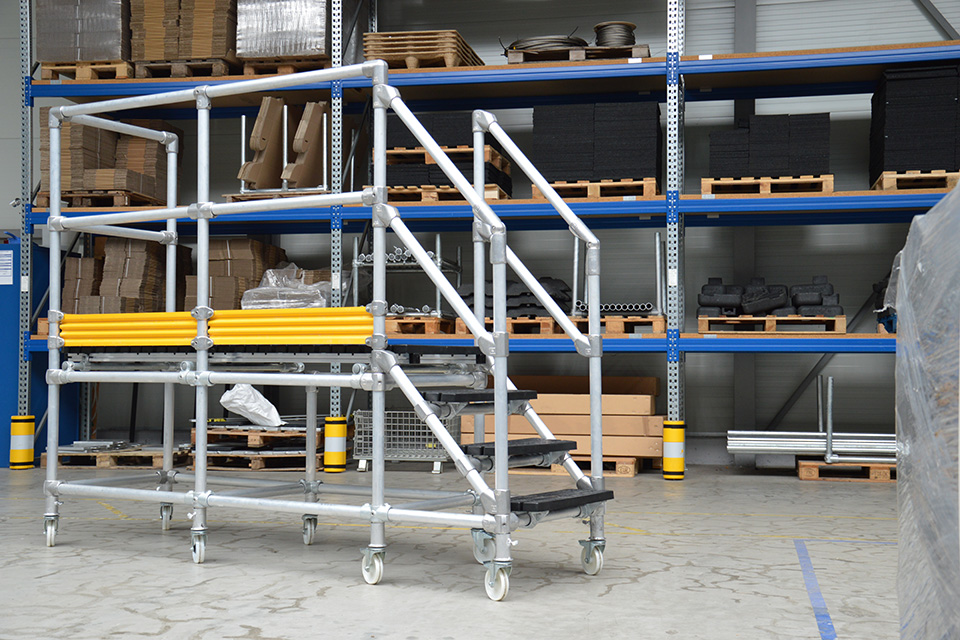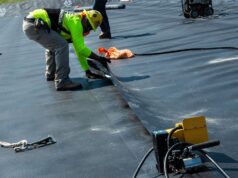
In the realm of construction and maintenance, ensuring safety on the job site is paramount, yet the debate over the best access method—ladders or access platforms—persists with fervor. Each option presents its own set of advantages and challenges, sparking a crucial examination of which is truly the safest for workers navigating heights.
Ladders, traditional in their design and ease of use, offer mobility and convenience, but can compromise stability and user confidence. On the other hand, access platforms promise a more secure and expansive working area, yet may introduce complexities and logistical considerations.
As projects become more demanding and safety regulations tighten, determining the superior choice not only impacts productivity but also the well-being of workers. This article delves into the nuances of both access platforms and ladders, weighing their safety features, practicality, and suitability for various tasks to uncover which truly reigns supreme in the quest for a safer worksite.
Types of Access Platforms
Access platforms come in various types, each designed to meet specific needs and environments safely and efficiently. First, there’s the scissor lift, ideal for jobs that require vertical access on a flat surface, offering stability and a spacious platform for work.
Then we have the boom lift, which provides extended reach, perfect for navigating around obstacles or accessing high, hard-to-reach areas. For those needing portability, the portable access platform serves as a flexible option, easily moved and set up for various tasks.
Additionally, there are mobile elevating work platforms (MEWPs), which combine mobility with height, allowing for dynamic use in multiple locations. Each type plays a pivotal role in enhancing safety and efficiency, proving that the method of access can significantly impact the overall workflow on a worksite.
Types of Ladders

When considering the types of ladders available, it’s essential to recognize the distinct features and uses that each design offers. There are step ladders, designed for low-height tasks, which provide stability and are ideal for quick jobs around the home or on smaller worksites.
Extension ladders, on the other hand, can reach impressive heights, making them suitable for tasks that require accessing rooftops or high ceilings, but they demand a keen understanding of safe positioning and angles. Then there are multi-purpose ladders, versatile enough to function as both step and extension ladders, adapting easily to the user’s needs.
Articulating ladders offer even more flexibility, with their ability to bend and twist into various configurations, enhancing accessibility in tight spaces. However, while these options provide a range of functionalities, they also come with their safety considerations, especially regarding stability and proper setup, factors that are critical in ensuring worker safety on any job site.
Safety Considerations

When evaluating safety considerations between access platforms and ladders, one must dive into a realm of critical analysis. Access platforms, designed to provide a stable and secure work environment, significantly reduce the risk of falls due to their ample space and railings. This feature alone can be a game-changer for those working at height.
In contrast, ladders, while portable and convenient, pose a greater danger; maintaining balance and stability often becomes a precarious endeavor, particularly in windy conditions or on uneven surfaces. The importance of proper training and adherence to safety protocols cannot be overstated—users must be educated on both the limitations of ladders and the proper use of access platforms.
Yet, despite these precautions, human error remains a significant factor, creating another layer of risk. In essence, while both tools serve their purpose, the choice ultimately hinges on the specific tasks at hand and the level of safety they demand.
Conclusion

In conclusion, when it comes to choosing between access platforms and ladders for your worksite, safety should always be the top priority. While ladders may be convenient for short tasks, access platforms offer superior stability, a larger work area, and are designed to reduce the risk of falls significantly.
Ultimately, investing in the right equipment not only enhances safety but also boosts productivity. To ensure that your team is well-equipped to utilize these tools effectively, it’s essential to provide comprehensive training, such as TL training, which emphasizes safe practices and proper usage. By prioritizing safety and education, you can create a work environment that minimizes hazards and promotes efficiency.











